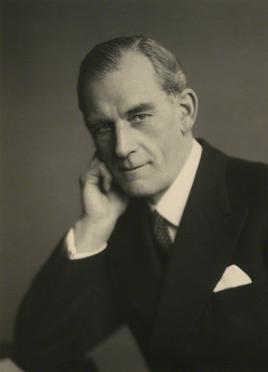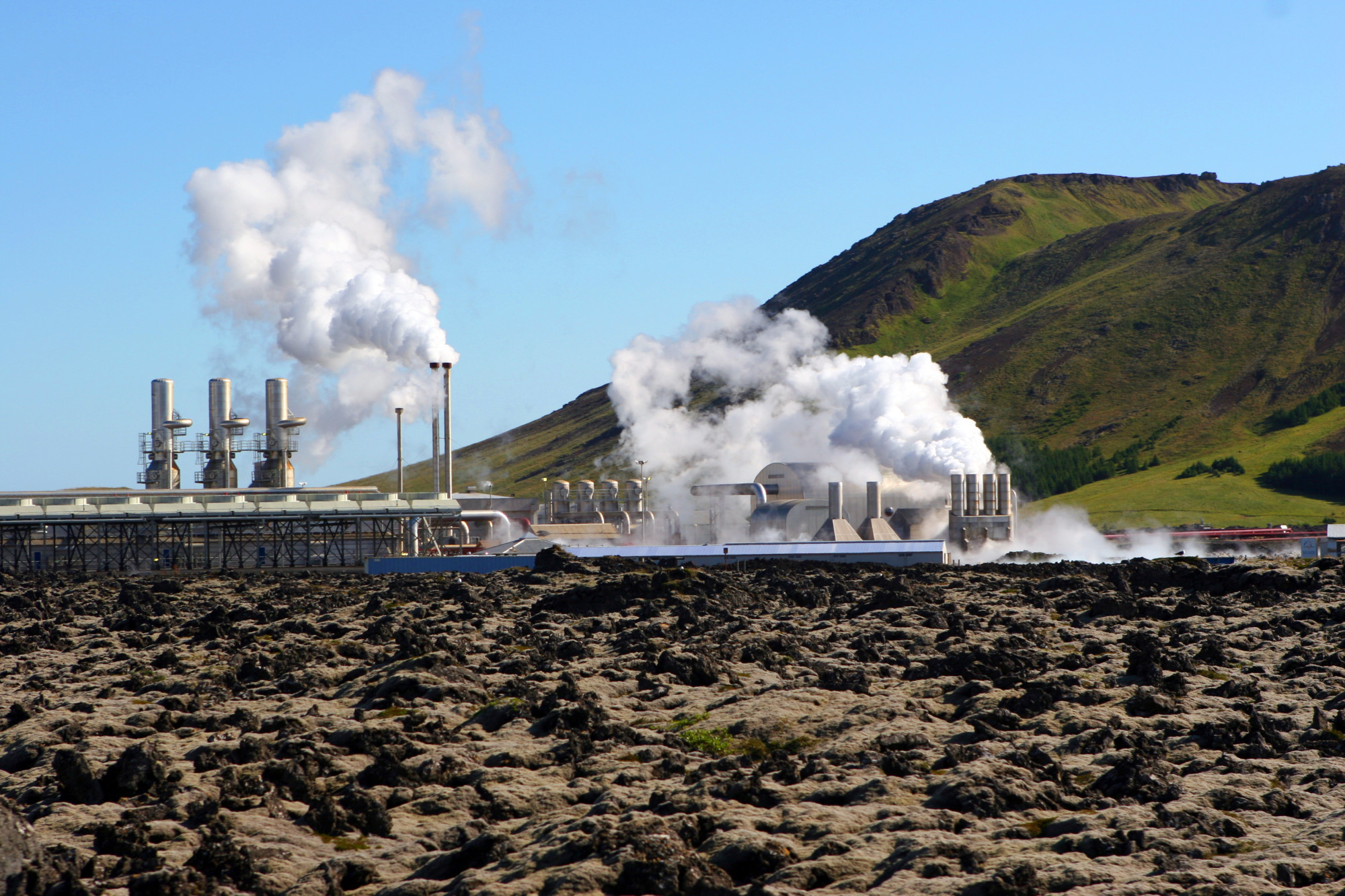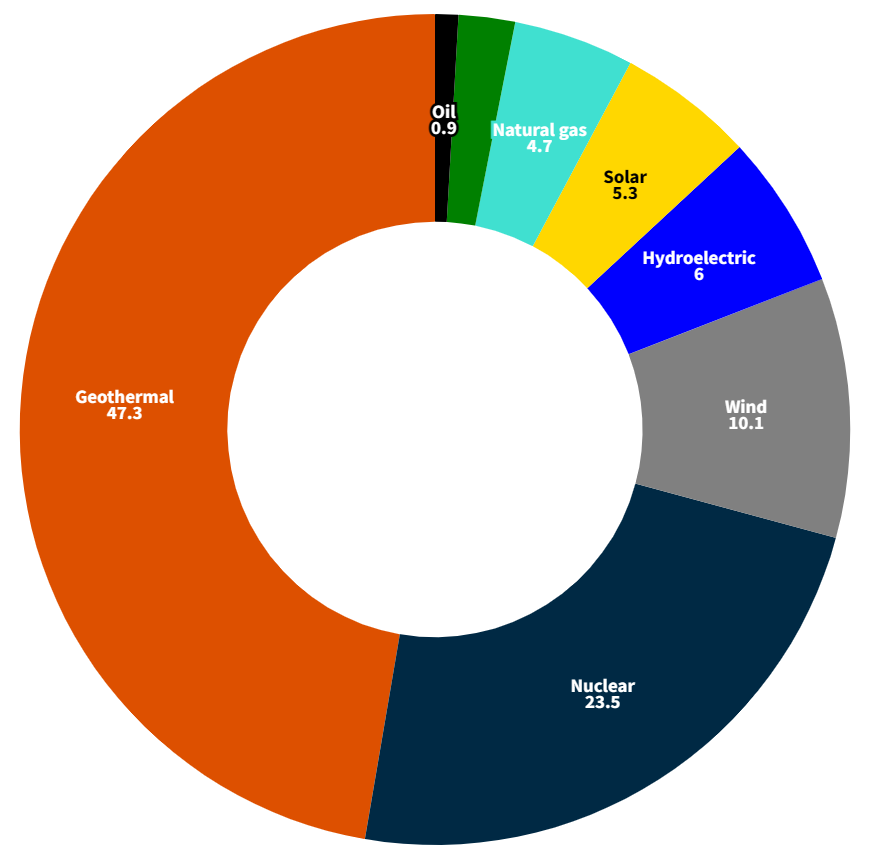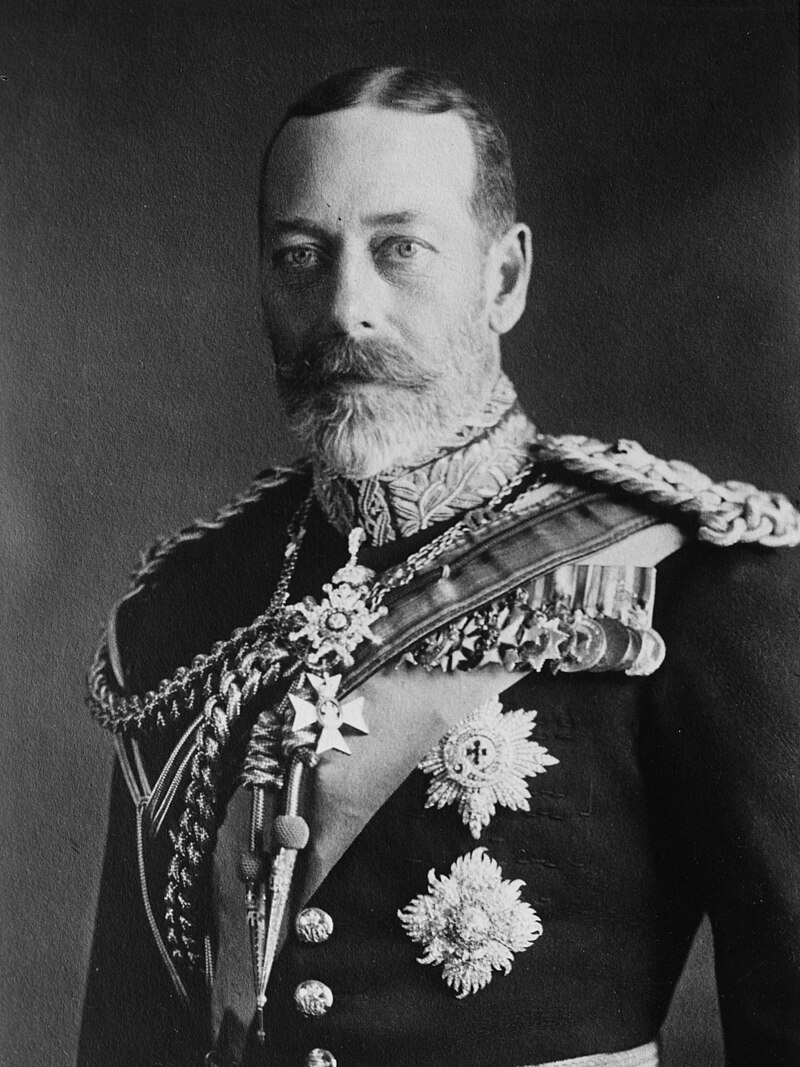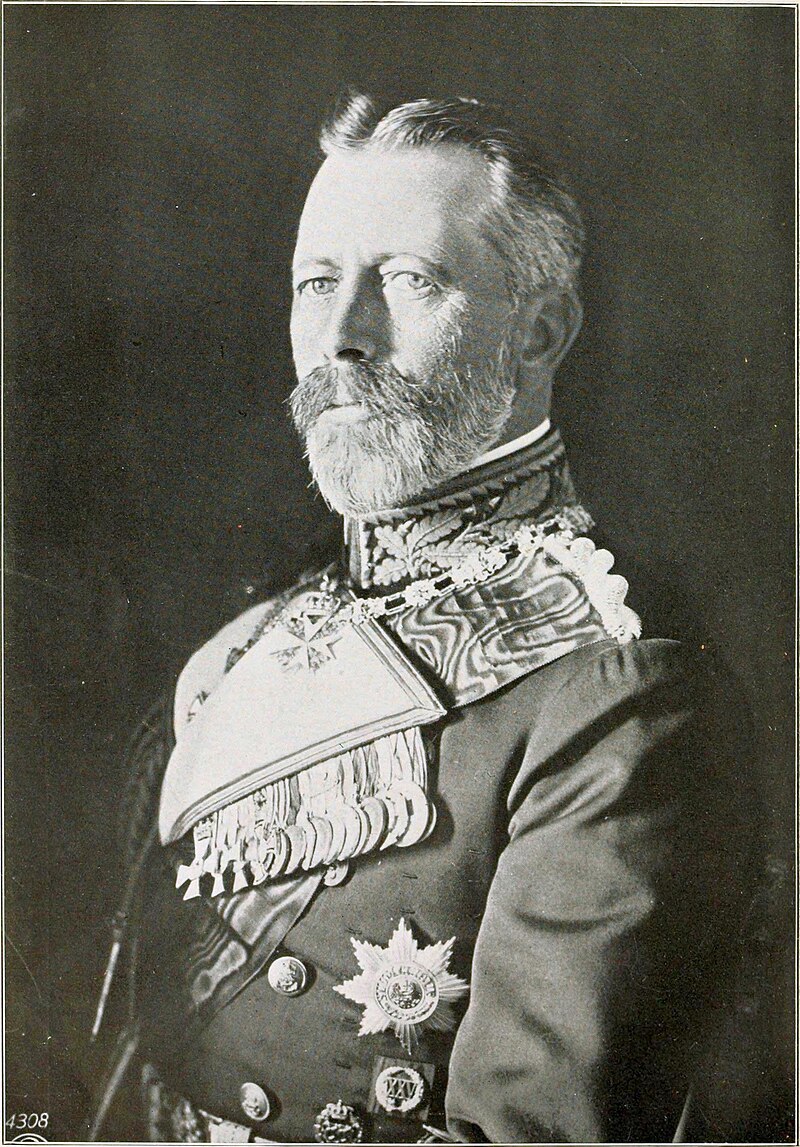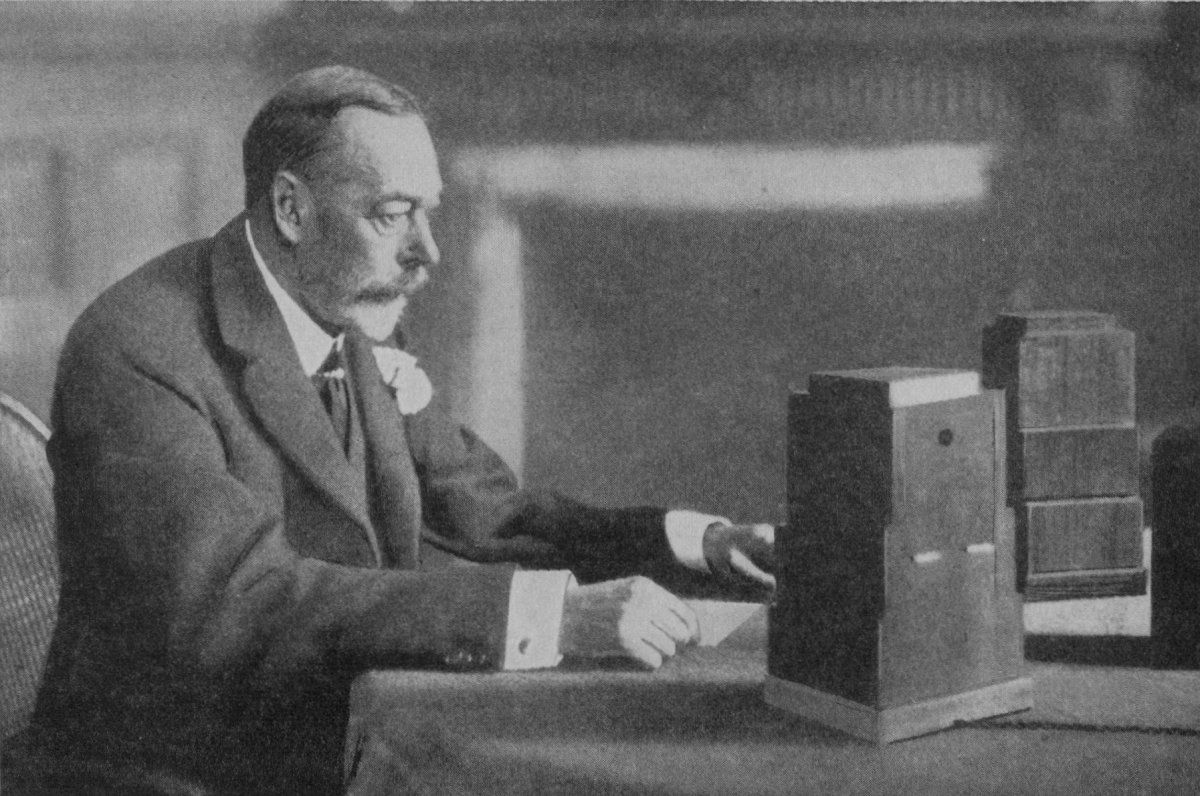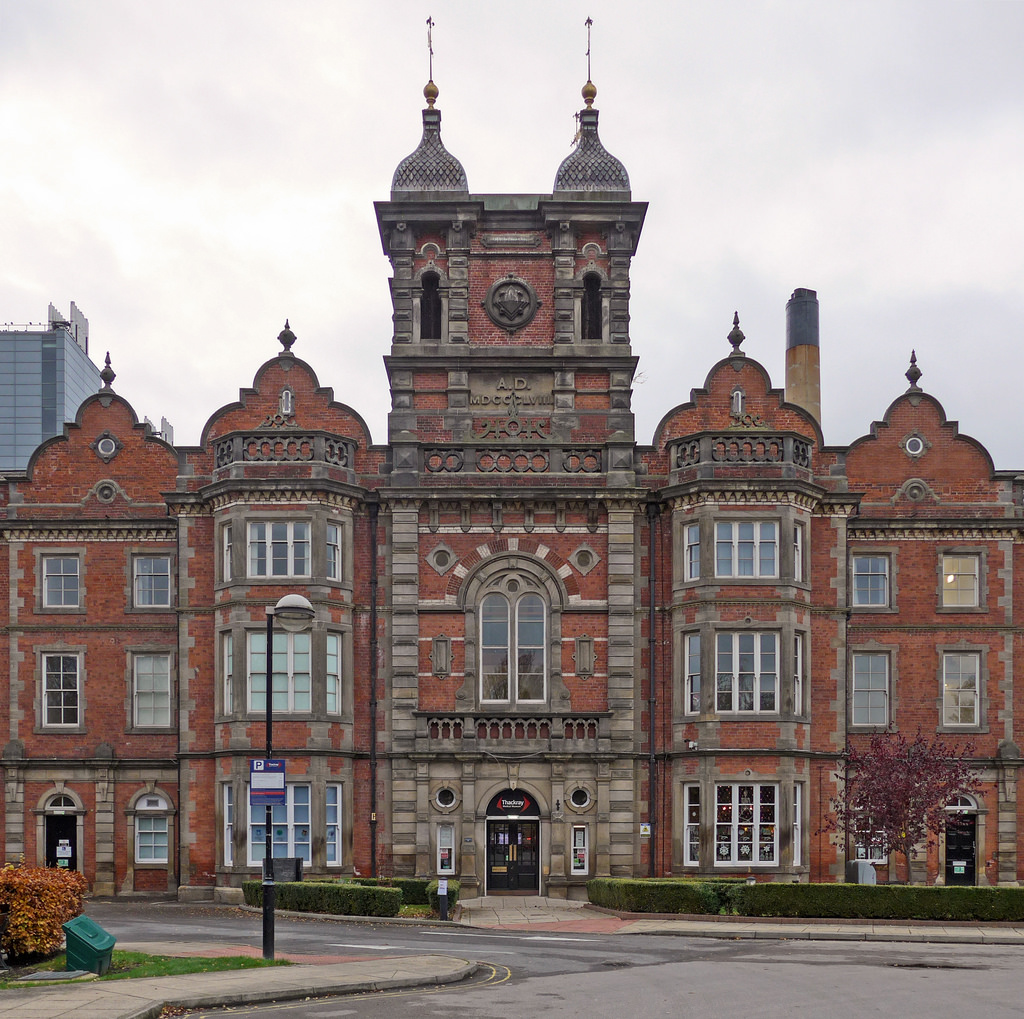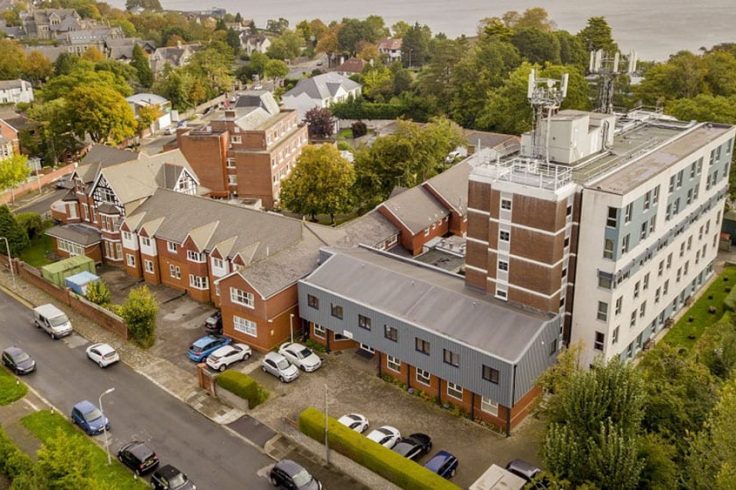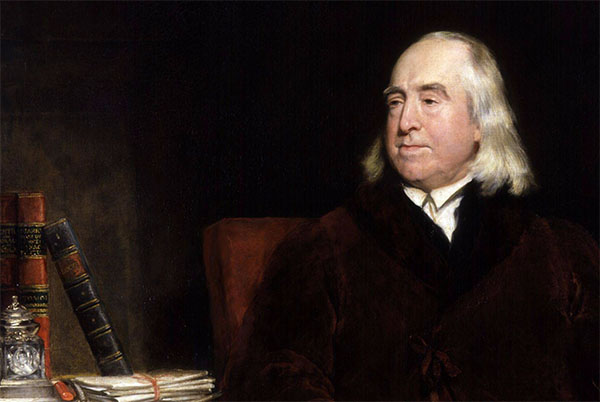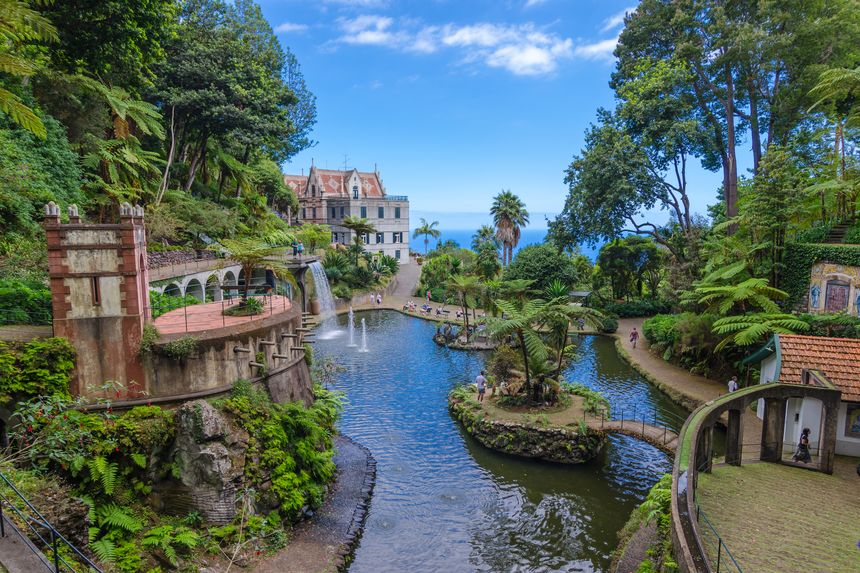ÖSU World Factbook: Esthursia
Geography:
Location:
West to north-west Ethia, between Dorces and Scalvia; Cordane being in central-eastern Ethia, entirely bounded by Sorovia
Map References:
Auroria
Area:
687,244km^2
Border Countries:
Dorces, Scalvia, Sorovia
Climate:
Warm temperate to subpolar; wet, cool winters; mild summers - moderated by the Consence Ocean, over one-half of days are overcast bar the south-east
Terrain:
Mountainous north, far-south and west, hilly in the centre and south, with lowlands typically further south and east
Elevation:
Highest point: Loynavørður, 3,064m
Lowest point: The Moglands, -5m
Natural Resources:
Timber, lithium, copper, tin, iron, coal, gold, galena, fish, livestock (sheep, pigs, cows esp.), natural gas, crude oil (modest amounts)
Forest Cover: 35.1%
Major Lakes:
Ljósdalur
Major Rivers:
Herent, Yea
Major Watersheds:
Weskermere (Herent, Yea, An, Therse), Consence Ocean (yan, tan, tethera)
Population Distribution:
Large proportion on the eastern half, with relatively few in the far-west and far-north
People and Society
Population:
133,231,702 (EoY. 2022)
Nationality:
Noun: Esthur(s)
Adjective: Esthur(sian)
Ethnic groups:
Atlish 68.7%, Low Cumbric 12.8%, Asthonic 11.4%, Ezhoneg - 4.2%, Helvellian - 2.0%, Other - 0.9% (2021)
Languages:
Atlish - 87.3% (of which Atlo-Mercanti, or Esthur Mercanti - 9.1%), Asthonic - 6.4%, Ezhoneg - 3.0%, Low Cumbric - 2.2%, Helvellian - 1.8%, Other - 0.3% (2021)
Major Language Sample:
Þe Esþursland Overlaw (Atlish)
Religions:
Irreligious (74.1%), Church of Athers (21.8%), Messianism (1.9%), Other (2.2%)
Age structure:
0-14: 17.46%
15-64: 60.51%
65 and over: 22.03%
Median Age:
42.2 years
Population growth rate:
0.18% (2021), 1.02% (2022)
Birth rate:
1.84 births per woman
Death Rate:
8.38 deaths/1000 population
Urban population:
86.8%
Major urban areas:
Greater Weskerby-Thurrock 21.16mn, Brantley-Sutton 13.92mn, Greater Fjármagn 5.36mn
Sex Ratio:
0.973 male/female
Mother’s mean age at birth:
29.2 years
Life Expectancy at birth:
84.7 years
Maternal Mortality rate:
4 deaths/100,000 live births
Infant Mortality rate:
2.67 deaths/100,000 live births
Drinking water source:
100% of the population
Current health expenditure:
10.5% of GDP on internationally comparable metric, 14.1% of GDP in care budget
Physician density:
5.57 physicians/1000 population
Hospital bed density:
8.26 beds/1000 population
Sanitation facility access:
100% of the population
Obesity rate:
20.7%
Alcohol consumption per Capita:
10.8 litres of pure alcohol
Tobacco use:
12.77%
Currently married woman (15-49):
59.18% (inc. both religious/irreligious marriages)
Education expenditures:
5.91% of GDP
Literacy:
99.4%
School life expectancy:
18 years
Youth unemployment rate:
17.7%
Environment
Current issues:
Lithium mining, habitat loss from urban expansion
Revenue from Forest Resources:
0.1%
Revenue from coal:
0%
Air pollutants:
Particulate matter emissions: 4.98 micrograms per cubic meter
Carbon dioxide emissions: 253 megatons
Methane emissions: 52.5 megatons
Waste and Recycling:
Municipal solid waste generated annually: 57.2 million tonnes
Municipal solid waste recycled annually: 29.2 million tonnes
Percent of municipal solid waste recycled: 51.1%
Total Water Withdrawal
Municipal: 4.6 billion cubic meters
Industrial: 31.1 billion cubic meters
Agricultural: 1.41 billion cubic meters
Total Renewable Water Resources:
284 billion cubic meters
Government:
Country name:
Conventional Long Form: Union of Great Esthursia
Conventional Short Form: Esthursia
Local Long Form: Anning ofþ Esþursland
Local Short Form: Esþursland
Abbreviation:
ET (local: EÞ)
Formerly:
Royal Union of Great Esthursia
Etymology:
derived from the word 'edhwa' in Early Cumbric for the continent (Ethia)
Government type:
Semi-federal bicameral parliamentary constitutional monarchy
Capital:
Weskerby
Time Zone:
+7 (WEST, West Ethian Standard Time)
Administrative Divisions:
7 ridings, with various devolved institutions at and below riding level
Independence:
1686
National Holiday:
None officially, but Union Day (Oct 23rd, 22nd on leap years) colloquially
Constitution:
History: adopted 1688, last adapted 1963
Amendments: proposed by a two-thirds majority of both houses and then approved by an absolute majority of the electorate or by 60% of voters whereby turnout is above 40% of eligible voters
Legal system:
Common legal system with civil elements
International law organization participation:
None
Citizenship by birth:
Yes
Citizenship by descent:
at least one parent must be a citizen of Esthursia
Dual citizenship recognised:
Yes
Residency required for naturalisation:
5 years
Suffrage:
15 years of age
Executive Branch:
Head of State:
King Arthur VI, Premier pending election on 13 December
Head of Government:
Forethane Harold Osborne
Elections:
every 4 years, or by parliamentary process
Legislative branch:
Description:
Bicameral legislature elected via proportional representation and first-past-the-post in the upper and lower houses respectively
Elections:
last held on 23 September, 2022
Results:
Social Democrats 41.26%, Moderates 30.36%, Green-Left 10.71%, Esthur People's 7.74%, Helmark National 5.96%
Judicial Branch:
Highest Court: High Deemery (11 members by convention)
Judge selection: Judges appointed by Independent Deemery Nevening Council (IDNC), must be non-partisan and qualified legal professional, term expiring at age 75
Subordinate courts: First Court in Osynstry and the West, Yfirvald in Helmark; subsidiary Umbodsman and 3 levels of civil-criminal split courts below thereafter the Yfirvald/First Court tier
Political Parties: Social Democrats, Moderates, Green-Left, Esthur People's Party, Helmark National Union, Liberal Party, Alliance, Solidarity (the last two being Cordanian solely), Progressive Party, Socialist Front, Renewal Front (suspended, awaiting verdict), National Democrats, Heritage
International Organization Participation: Vieremä Group, Food Security Organisation, Prydanian Cultural Community, formerly Union of Aurorian States (January 2022 - October 2023)
Diplomatic Representation in Prydania:
Chief of Mission: Ambassador Gordon Hall
Chancery: XXXX Lorem Ipsum road, Býkonsviði
Consulates General: 3
Email: prydansh@esþursland.gov.et
Website:
https://prydansh.esþursland.gov.et
Diplomatic Representation from Prydania:
Chief of Mission:
Chancery: XXXX Road Street, Weskerby
Email:
Esthursiadiplomacy@government.com
Website:
https://prydaniainesþursia.gov.pr
Flag description: a white Gotic cross, surrounded by a midnight blue above and a deep forest green below.
National Symbols: Stag/deer/hart, Consence/Weskermere puffin, pears and cider, sheep, oaks and elms; national colours: blue, green, white
National anthem: Progress and Unity
Economy
Real GDP:
6.714 trillion IBU
Real GDP growth rate:
3.61%
Real GDP per Capita:
50,394.87 IBU
Inflation:
3.1%
Credit rating:
Harper and Harper:
- AA+ (Domestic)
- AAA (Foreign)
- AAA (T&C Assessment)
- Outlook: Stable
Westman's: Aa1 (Stable)
Northway Group: AA+ (Positive)
Establishers: AAA (Stable)
GDP composition by sector:
Agriculture: 1.4%
Industry: 18.9%
Services: 79.7%
GDP composition by end use
household consumption: n%
government consumption: n2%
investment in fixed capital: n3%
investment in inventories: n4%
exports of goods and services: n5%
imports of goods and services: -n6%
Agricultural products:
Milk, pork, lamb, wool/cotton, fruits, cider/wine/beer, beef, leather, venison
Industries:
- Aerospace
- Adminstrative and legal services
- Agriculture
- Automotives
- Chemicals
- Construction
- Consumer goods
- Defence equipment
- Education
- Electronics
- Energy
- Financial services
- Food and beverages
- Healthcare
- Hospitality and leisure
- Industrial equipment
- Information technology
- Media
- Pharmaceuticals and biotechnology
- Real estate
- Research and development
- Resource mining/drilling (esp. lithium, iron, gold, galena, natural gas)
- Retailing
- Scientific equipment
- Telecommunications
- Tourism
- Transportation and logistics
- Utilities
Industrial production growth rate: 7.1%
Unemployment rate:
3.9%
Population below the poverty line:
6.6%
Budget:
53.11% of GDP, 3.566 trillion IBU
Public Debt:
68.9% of GDP
Taxes and other revenues:
48.1% of GDP
Current Account Balance:
n Billion IBU
Exports:
n Billion IBU
Export Partners:
Aubervijr, Tardine, Hexastalia, Sorovia, Rayvostoka, Scalvia
Export products:
automobiles, agricultural products, lithium, gold, medicines, media, natural gas, commodities
Imports:
n billion IBU
Import Partners:
Tardine, Aubervijr, Sorovia, Hexastalia, Rayvostoka, Scalvia
Import products:
electronics, military equipment, petroleum, commodities
Exchange rates:
0.651 Esthursian arian shilling to 1 IBU
Energy
Electrification:
100%
Installed generating capacity:
915 billion kWh
Consumption:
681 billion kWh
Electricity generation sources:
Geothermal (47.3%)
Nuclear (23.5%)
Wind (10.1%)
Hydroelectric (6%)
Solar (5.3%)
Natural gas (4.7%)
Biomass (2.2%)
Oil (0.9%)
Nuclear Energy:
Number of operational nuclear power plants: 14
Number of nuclear power plants under construction: 2
Coal:
Production: 0
Reserves: estimated to be 6.6 billion tonnes
Petroleum:
Production: 4,000 bbl/day
Reserves: 2.6 billion barrels
Natural Gas:
Production: billion cubic meters
Reserves: 1550 billion cubic meters
Total CO2 emissions:
around 250 million tonnes
Energy consumption per Capita:
174 million BTU/person
Communications:
Telephones-fixed lines:
Subscriptions: 43,896,282
Subscriptions per 100 inhabitants: 33
Telephones-mobile cellular:
Subscriptions: 158,269,101
Subscriptions per 100 inhabitants: 119
General Assessment-Telecommunications:
Esthursia benefits from robust and developed telecom infrastructure, with a focus among operators to develop the 5G sector and upgrade fixed networks. The public sector is fully nationalised and free-at-the-point-of-use since mid-2023, while the private sector is primarily geared towards providing ultra-highspeed coverage. Fixed line subscription numbers continue to fall as consumers migrate to mobile platforms for services.
Broadcast Media: mixed system of state-supported public service broadcast and private broadcasters. The ENBC is one of the world's largest public sector media and broadcasting corporations and remains impartial, while Channel 3 produces a significant amount of independent media. There are a large number of private media companies, such as the IBC, and newspaper is both disparate and relatively balanced, such as between the left-wing Daily Herald, centrist Examiner and right-of-centre Atlish Times.
Internet Country Code:
.et
Broadband-Fixed Subscriptions:
Total: 9,124,910
Subscriptions per 100 inhabitants: 7
Transportation
Number of Registered Air Carriers:
23
Inventory of Aircraft Operated by Air Carriers:
1048
Civil Aircraft Registration Prefix:
ET
Airports:
210
With Paved Runway:
61
With Unpaved Runway:
31
Heliports:
22
Pipelines:
15500 km gas, 2400 km oil
Railways:
46,700km, of which 41,200km electrified, 10,052km operational for high-speed (of which 3,737km officially part of GSI routes) + 242km high-speed under construction therewith
Roadways:
Total: 1,053,500 km
Paved: 1,053,500 km
Expressways: 11,725 km
Waterways:
7600 km
Merchant Marine:
unknown
Seaports:
Major Seaports: Hereporth, Execester, Thurrock, Anbourn, Hancroft, Helston, Fjármagn, Tynwald
Oil Terminals: Hancroft, Anbourn
LNG Terminals: Hereporth, Execester, Thurrock, Helston, Tynwald
River Ports: Gloucester
Military and Security
Military and Security Forces
Crown Army of Esthursia (CAE): Esthur Army (EA), Esthur Navy (EF), Esthur Air Force (EAM)
Note: Redery of Public Safety responsible for internal security, including law enforcement and border security, since November 2023
Military Expenditures:
2.3% of GDP
Military and Security Service Personnel Strengths:
Esthursia's active personnel number over 400,000 as of 2022, with another 600,000 reservists.
Military Equipment Inventories and Acquistions:
The military's inventory includes a mix of domestically produced and imported weapons systems
Military Service Age and Obligation:
Not applicable
Military Deployments:
The Imperium (since 2023), Sorovia (indefinitely, border peacekeeping)
Space
Space Agency:
Esthursian Space Agency (ERA)
Space Program Overview:
Plans since 2013 for a moon mission by 2030, has consistently been a hub for Ethian satellites to take off from, has sent people into space since the 1990s, and since 2011 has been prioritised as a key aspect of the Esthursian research and development budget
Terrorism
Terrorist Groups: Ezhoneg Kevredag (active)
International Disputes:
None
Illicit Drugs: Largely decriminalised the use, but not production, of many recreational drugs, especially with the use of safe-centres since 2020. Cocaine production has grown since the 2000s. Cannabis legalised and is a taxed and regulated market in Esthursia. Tobacco is to be phased out with birth years, such that those born after 2009 may not ever be eligible to buy it (as with any cigarettes, snus or vapes), and use therewith is relatively low.






